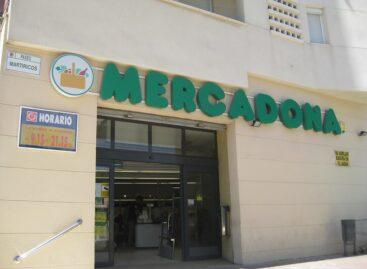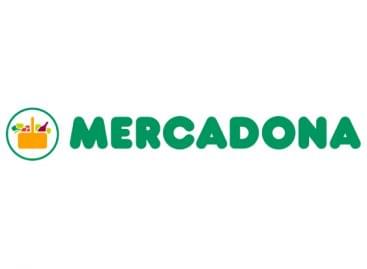Magazine: Skyrocketing Hungarian agri-food export to Portugal
In the first nine months of 2015 Hungary’s agri-food export to Portugal doubled, with the export index reaching 205.9 percent. Portugal is about the same size as Hungary and its population is 10.8 million. They only use 39.7 percent of the land for agricultural production and 8.6 percent of the population works in agriculture. Agriculture’s contribution to Portugal’s GDP is only 2.9 percent. Per capita GDP is higher than in Hungary, more than USD 27,100. Since the end of 2008 the country’s economy has been in a recession. For instance in 2012 the GDP reduced by 4 percent but finally in 2015 a 0.9-percent GDP increase is likely to have occurred.
Between 2000 and 2005 Hungary’s agri-food trade balance with Portugal was positive, but by 2006-2012 this trade relation turned negative from a Hungarian perspective. Hungary’s success story in the Portuguese agri-food export relation started in 2012: just like in the case of the 2015 export expansion, the surge in our export of highly processes products – categorised as ‘various edible products’ – was the driving force behind our superb performance.
Yet, the export growth was also stunning in other categories, for instance our 938-ton poultry meat (81 percent of which was turkey) export got 9.2 times bigger from one year to another, representing an EUR 3.3 million value. Hungary’s cereal export grew from EUR 126,000 (338 tons) to EUR 6.7 million (46.4 thousand tons). Our dairy product and fruit export quadrupled, we sold 59 times more flavoured mineral water to Portugal and Hungary’s various edible product export expanded by 60 percent.
In Q1-Q3 2015 Hungary’s agri-food export to Portugal increased from EUR 10.3 million to 21.2 million. In the same period our import from Portugal dropped from EUR 3.1 million to 2.2 million. We imported less in the dairy product, fruit, cocoa-based product, edible product and drink categories. At the same time we imported more vegetables, oilseeds, cereal-based products, preserved fruits and vegetables, food industry by-products, coffee, tea products, livestock, ready meals and fats of animal and vegetable origin.
Related news
Mercadona Boosts Investment In Portugal
Spanish supermarket chain Mercadona is planning to inject €180 million…
Read more >Portugal’s Continente Tests Inclusive Store Concept
Portuguese supermarket chain Continente is piloting an inclusive store concept…
Read more >Eleven new stores to back Mercadona’s growth in Portugal
Spanish retailer Mercadona plans to open 11 new stores in…
Read more >Related news
IGD: Retail media and increased efficiency will be important in 2024
This article sets out to summarise the retail trend predictions…
Read more >Vegan activist on Forbes’ prestigious “30 successful Hungarians under 30” list
Raul Vida, the founder of Prove magazine, is the first…
Read more >UEFA and Just Eat Takeaway extend partnership
Just Eat Takeaway has extended its partnership with the UEFA…
Read more >







